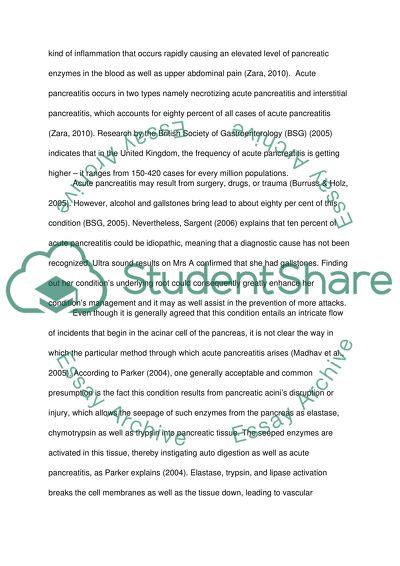Cite this document
(“Acute pancreatitis Essay Example | Topics and Well Written Essays - 2000 words”, n.d.)
Retrieved from https://studentshare.org/nursing/1395890-acute-pancrities
Retrieved from https://studentshare.org/nursing/1395890-acute-pancrities
(Acute Pancreatitis Essay Example | Topics and Well Written Essays - 2000 Words)
https://studentshare.org/nursing/1395890-acute-pancrities.
https://studentshare.org/nursing/1395890-acute-pancrities.
“Acute Pancreatitis Essay Example | Topics and Well Written Essays - 2000 Words”, n.d. https://studentshare.org/nursing/1395890-acute-pancrities.


